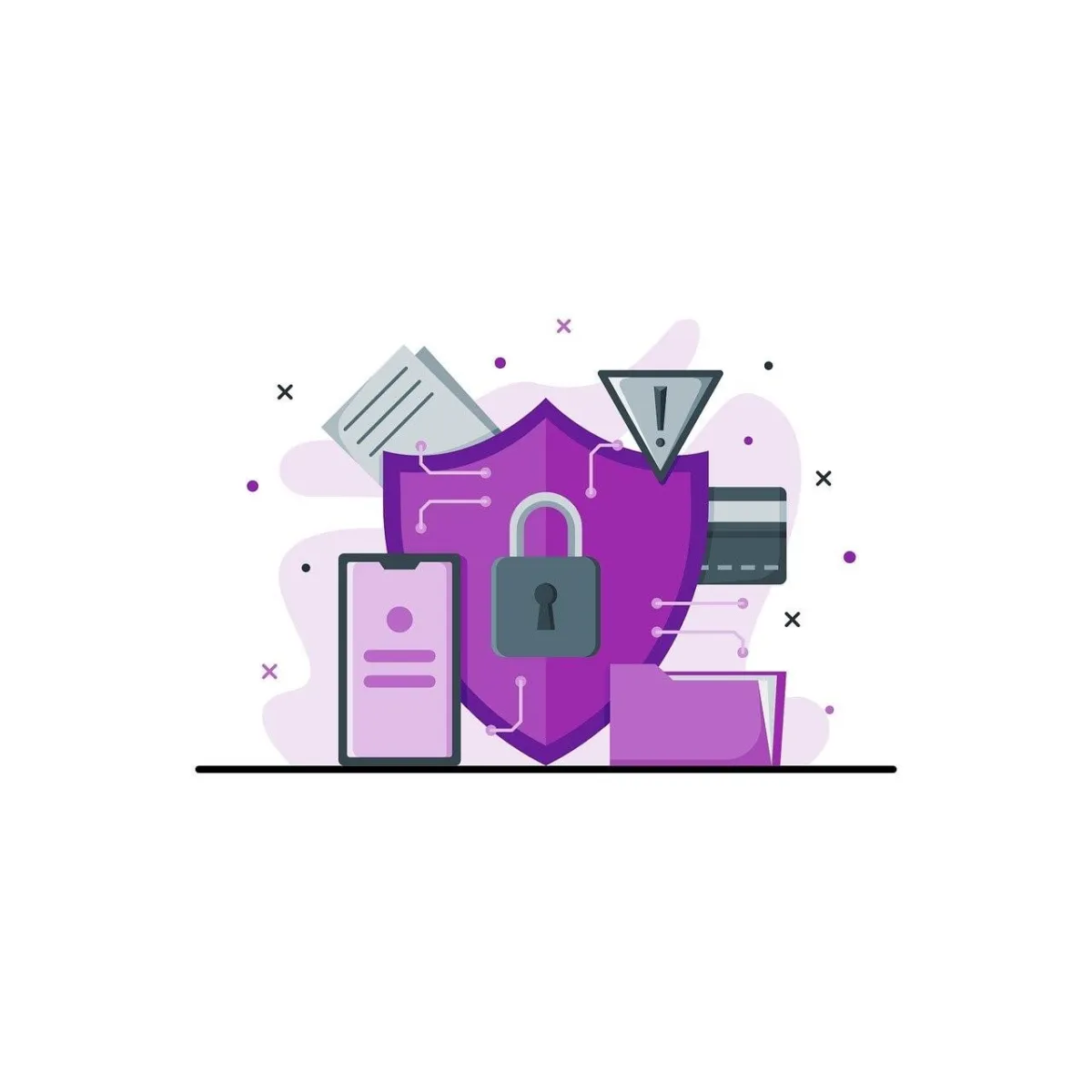
7 New and Tricky Types Of Malware To Watch Out For
7 New and Tricky Types Of Malware To Watch Out For
Cybercriminals are getting smarter, and malware is evolving fast. What used to be simple viruses hidden in sketchy downloads has now transformed into complex, stealthy attacks designed to evade detection, steal data, and cause chaos.
Whether you’re managing a team or just trying to protect your personal information, staying informed is the first step. For small to medium businesses (SMBs) in Newcastle, malware prevention is even more important—one breach can cost you far more than downtime.
Here are seven of the latest types of malware to keep on your radar in 2025.
1. Polymorphic Malware
This type of malware constantly changes its code to avoid detection. Traditional antivirus software struggles to recognize it because its digital fingerprint is never the same twice.
What to know:
Uses encryption and obfuscation techniques to stay hidden
Often spreads rapidly across systems
Requires advanced behavioral detection—not just signature-based tools
2. Fileless Malware
Fileless malware lives in your computer’s memory (RAM) and doesn’t write anything to your hard drive. That makes it hard to detect and harder to remove.
How it spreads:
Delivered through phishing emails or malicious links
Runs via tools like PowerShell or Windows Management Instrumentation (WMI)
Leaves almost no trace on the device
Fileless attacks now account for over 70% of successful malware incidents—making them one of the most dangerous threats for businesses today.
3. Advanced Ransomware
Modern ransomware doesn’t just lock your files—it threatens to leak them. These attacks are more targeted, using reconnaissance to hit networks where the most damage (and highest payout) can occur.
Watch for:
Encryption of business-critical data
Threats to publish sensitive files unless ransom is paid
Attacks on entire networks, not just individual machines
Industries like healthcare, finance, and legal services are frequent targets—but no one is immune.
4. Social Engineering Malware
This malware doesn’t rely on code—it relies on you. Social engineering malware tricks users into downloading malicious software by disguising itself as something legitimate.
Common formats:
Fake invoice emails
Bogus software update prompts
Messages claiming to be from trusted sources
Training your team to spot suspicious links and attachments is just as important as installing antivirus software.
5. Rootkits
Rootkits are designed to hide deep inside your system and give hackers ongoing, behind-the-scenes access. Once installed, they can disable your antivirus, steal information, or install more malware.
How they work:
Gain administrative-level access
Operate silently in the background
Often installed through phishing or unpatched software
Detection is tough—and usually requires specialized tools or professional help.
6. Spyware
Spyware monitors your activity, often without you ever noticing. It can track what websites you visit, what keys you press, and even what you type into login forms.
Why it matters:
Used for credential theft and identity fraud
Can seriously impact device performance
Often bundled with fake apps or email attachments
For SMBs, leaked login credentials can open the door to full-scale data breaches.
7. Trojans
Trojans hide in plain sight. They’re disguised as harmless software—like a free PDF reader or a fake antivirus scan—but once installed, they can steal data, install more malware, or give attackers access to your system.
Be cautious of:
Pop-up ads offering downloads
Email attachments with generic filenames
“Too good to be true” freebies online
Trojans remain one of the most common initial infection methods used by hackers today.
How to Protect Yourself from Modern Malware
While these malware types are more sophisticated, protecting against them doesn’t require complex solutions—just consistent ones.
1. Use Next-Gen Antivirus & EDR
Traditional antivirus tools are no longer enough. Use endpoint detection and response (EDR) systems that monitor for unusual behavior, not just known malware signatures.
2. Educate Your Team
Most successful attacks begin with human error. Regularly train staff on identifying phishing attempts and unsafe online behavior.
3. Apply Software Updates Promptly
Many attacks exploit outdated systems. Set automatic updates for your operating systems and business-critical apps.
4. Enable Multi-Factor Authentication (MFA)
Even if passwords are stolen, MFA adds another layer of protection.
5. Back Up Your Data
Keep regular, encrypted backups stored offline or in a secure cloud environment. This is the single best defense against ransomware.
Need Help Defending Your Business?
At Crossover IT, we specialize in helping SMBs across Newcastle navigate the complex world of cybersecurity. From malware protection to endpoint security and staff training, we tailor our solutions to fit your business, budget, and compliance needs.
Want a proactive defense plan that protects your business from the latest malware threats?
Contact Crossover IT — your trusted MSP for SMBs in Newcastle — and we’ll help you stay one step ahead of cybercriminals.




